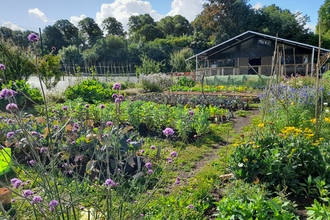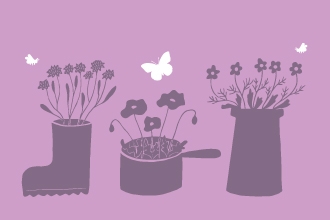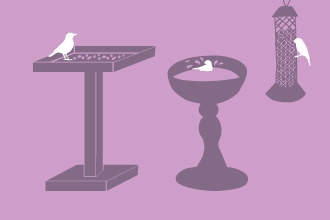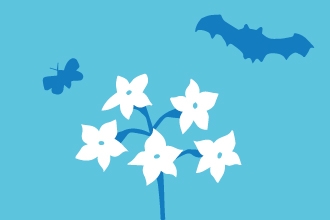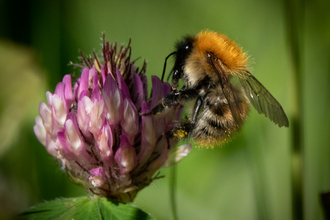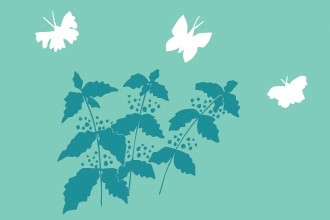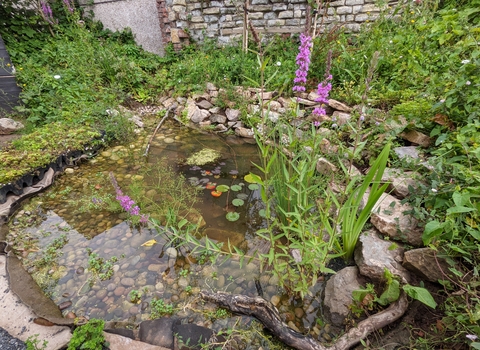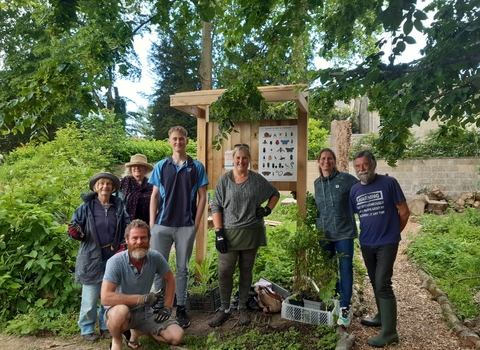(c) Nicholas Watts
Setting Up and Running Local Wildlife Facebook Groups
Local Facebook Wildlife Groups
One of the best things you can do for wildlife is share what you see – by highlighting local sightings of wildlife, you celebrate and raise awareness of what’s there. It is a way of sharing knowledge, findings, advice and beauty locally.
Eg. If you share a picture of a hedgehog or swifts, local people will look out for them as well, increasing chances of creating and protecting habitats for them as well.
Connection to the local environment was heightened during lock down – showing the importance and beauty of what exists around us, a key element and shortcut wellness and mental health benefits.

Jon Hawkins
Small actions make a big difference – so wildlife groups bring together like-minded people and makes doing something for nature a ‘norm’. The Team Wilder actions map aims to celebrate actions for nature around us and connect the actions – such as a hedgehog highway on a street.
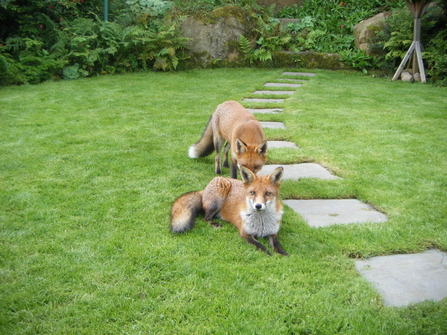
Tessa Andrews
Our gardens are connected to other gardens and local green spaces. The BS3 Wildlife Group is a great example of Wildlife groups coming together to share wildlife sightings and supporting habitats.
It is important that these groups support the local community's voice. Sharing and commenting in posts/sightings are great ways of taking action for nature, which also encourages sustainable living and wildlife gardening as a way of supporting local wildlife too. Eco anxiety can be shared with groups such as this, to gain local support and understanding. It can take a global problem and make it relevant locally. The group could be a gateway to connect with like-minded people.
Content for Local Wildlife Facebook Groups

Neil Wyatt
Content driven from the community for the community could include:
- Posts from Admin – Wildlife sightings, local surveys, tree planting, local nature and community events, wildlife news, iNaturalist projects, wildlife gardening advice.
- Posts from members – hedgehog sightings & advice, rare and common wildlife sightings such as jays, bats, slow-worms, foxes, woodpeckers. Free plants are great to see as posts. Beautiful pictures of local wildlife and green spaces, local campaigns to protect green spaces, other local community groups and events etc. BS4 welcome wildlife art pictures and sales as well to support local businesses.
It is also great to ask to help identify bugs, tracks and other wildlife sightings:
The key thing is to share what you see – other people in the group may be able to identify the sighting. It’s lovely to see a particular bird that hasn’t been spotted in an area before. Sightings can be at home and in local spaces.
How to set up a Wildlife Group on Facebook
Les Binns
How to Set up a Wildlife Group on Facebook
Before creating your group on Facebook, think about and decide:
- Who your admins will be - people who can monitor and control the page.
- Choose a good picture to display as your cover photo that represents your group and can be changed any time.
TIP: Free resources exist to create the right sized Facebook cover photo. Eg Canva Facebook Cover Templates. - Write your groups description explaining what you do, with a view to encourage new members. Be inclusive.
- Write your first post for when you're live, explaining what you're passionate about and what you're group is all about. A video of yourself is a good shout.
Follow these step-by-step Facebook instructions. Then once your group is public:
- Remember to include a code of conduct (see an example below).
- Invite people you know to join to get the group going.
- Post your first message (explained above).

Stephanie Chadwick
Eg. BS4 Wildlife Group Rules:
- Be Kind
- No Swearing - Family friendly group
- Be Transparent - Don’t repost other people’s content as your own
- Post with Purpose
- No Graphic Imagery
- No Spamming of Viral Content
- Selling on BS4 Wildlife - local artwork is OK
- Wildlife Only - no domesticated animals
Tips to keep your group going:
- Post on your group on a regular basis.
- Reply to other posts to encourage engagement, like/love pictures. Ask questions to encourage posts.
- Promote your group on existing local Facebook community groups. Share on your own social media networks. Post it on the Team Wilder community map.
- If you have the resources, consider promoting the group via local school newsletters, libraries, existing community groups, community centres, doctors waiting rooms, local shops, local noticeboards (parks, green spaces etc).
- It takes time to build trust on a new group. Give the community a voice to share wildlife sightings and help celebrate them.
ADVICE: The BS4 Wildlife Group tag and welcome new members.
Wildlife Group Developments
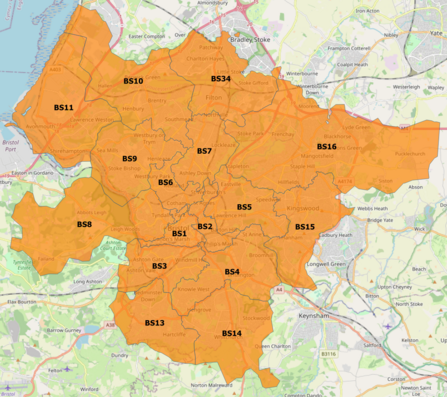
Ben Barker Wilder Bedminster
BS3 Maps and Audits
It is great to keep your wildlife group as a space for local wildlife sightings. This draws attention to what the community wants to see. It’s important that the community are community lead by residents.
Ben Barker from BS3 Wildlife Group creates maps and audits wildlife sightings in gardens, local green spaces, allotments, schools etc with the aim of connecting these green spaces for wildlife to survive and thrive. Read more on Bristol Wildlife Groups.
This group was born from the original, My Wild Bedminster project, which aimed to increase local biodiversity and raise people’s awareness of the wildlife around them. The group and project inspired other groups to be set up across the city.Wilder Bedminster
Greater Brislington Together has reached out and supported many Bristol Wildlife Facebook group links. See all 15 groups covering 16 postcodes as detailed on the map above, which is growing as well to reach new communities. This includes Bristol Facebook wildlife groups, iNaturalist groups, Hedgehog projects, South Bristol Bat group and more.
Dougal Matthews from Greater Brislington Together is happy to provide technical support for setting up a wildlife Facebook group as well.

Zsuzsanna Bird
iNaturalist Groups
Several iNaturalist local groups have been set up. This encourages noticing and sharing local species of plants and wildlife, helps with identification, encourages more protection over species and green areas and also provides national data to help with monitoring species.
Read more about Greater Brislington Nature Recording iNaturalist Groups and see resources below:
Resources
Be part of Team Wilder
All actions for nature collectively add up and creates life for people and wildlife.
Share your actions for nature, like Tom by sharing and tagging @avonwt on social media and
Log your actions for nature on the map







